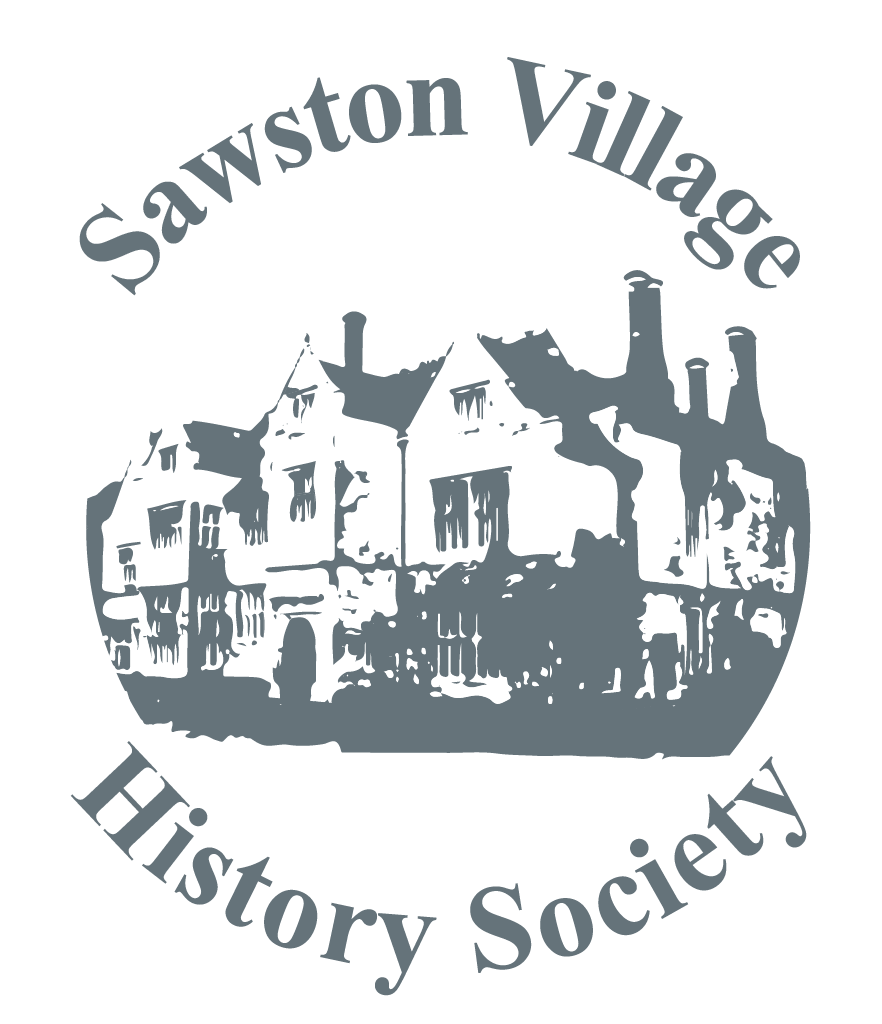The subject of the May meeting of the SVHS was "Oliver Cromwell" presented
by Dr Sue Sadler, although she dwelt at some length on the execution of
King Charles1on a cold winters day of January 30th 1649. Sue gave a very
detailed, and indeed moving account of that fateful day, which sent shockwaves
throughout Europe. This was a completely unique event as never before
had a reigning monarch, regarded by many as ruling by divine right, been
tried and executed by the "common people". Indeed, such was the fear the
many who witnessed the execution that historic day of divine retribution
following the regal decapitation, that there was "such a groan as I have
never heard before" as one witness later recorded.
Charles nemesis was, before 1640 a somewhat undistinguished "yeoman farmer"
living in St Ives, Thomas Cromwell. Like many at that time, he was very
strongly puritanical and violently anti Catholic, and it was against that
background he was elected as MP for Cambridge in 1640. He soon became
very prominent in the campaign to reduce the Kings power and demanded
that the control of the army be transferred from the King to officers
appointed by parliament. As the rift grew between King and Parliament,
Cromwell was one of the MPs who went into the provinces to raise troops
to support Parliament. He also forcibly prevented some of the Cambridge
Colleges sending their silver plate to the King. The country drifted into
war in 1642, during the "Long Parliament" which was not formally dissolved
until 1660.
The first major battle was the Battle of Edgehill on October 23rd. Charles
army was poised to march to London and the Parliamentarian army were marched
from London to prevent it. The two sides were fairly evenly matched with
about 15, 000 soldiers each. The battle began badly for the Parliamentarians
who were initially out manoevered on lower ground. They were badly mauled
by Prince Ruperts cavalry who cut through the parliamentarian foot soldiers.
However, instead of pressing home their advantage, the remaining cavalry
men rode into the nearest village, no doubt emptying the local pubs. The
Parliamentarians were able to regroup and avoid defeat but they left road
to London open for the Royalists, but for some reason, they did not choose
to continue on to London.
During this time, Oiver Comwell's rise was spectacular, from captain in
1642 to Lt. General of the New model Army in 1645 which he led to defeat
the royalists at Naseby in June 1645 followed by further royalists defeats,
leading to Charles final defeat in 1646. Charles, however, continued to
believe his divine inheritance and would not agree to Cromwell's demands
to accept a constitution that would promote a major redistribution of
wealth, social and economic power. He formed an ill fated alliance with
the Scots and called upon former royalists and disillusioned Parliamentarians
to rise up against Cromwell's Parliament. This was ruthlessly defeated
by Cromwell and culminated in Charles capture in 1648, his trial and death
sentence later on that year and his execution.
Two events of local importance was the "Linton skirmish" involving a total
of about 1000 soldiers, and later the sit down strike by possibly 15000
parliamentarian soldiers of the NMA on Thriplow Heath (perhaps on the
site of the Pet Crem) in June 1646. They were fed up because they were
hungry and had not been paid for weeks. Because of their relative proximity
to London some sort of settlement was apparently made to appease the soldiers.
Sue did not have time to dwell on Cromwell's later years as Lord Protector
from 1653 until his death 5 years later but commented that he refused
the offer of being made "King Oliver". His son Richard briefly inherited
the title after Oliver's death, but, frankly, did not have the bottle,
and soon stepped down to allow the restoration of the crown to Charles
son, Charles who became King Charles 11, on return from exile, in 1660.
